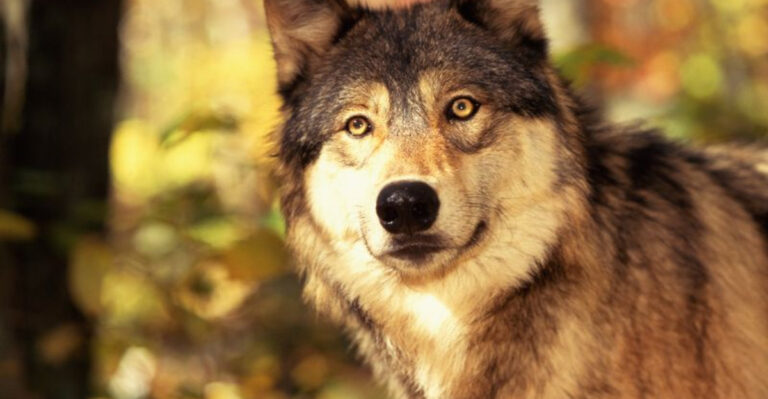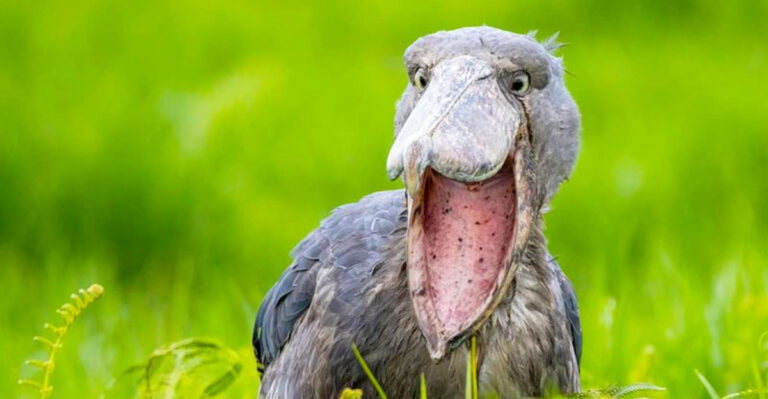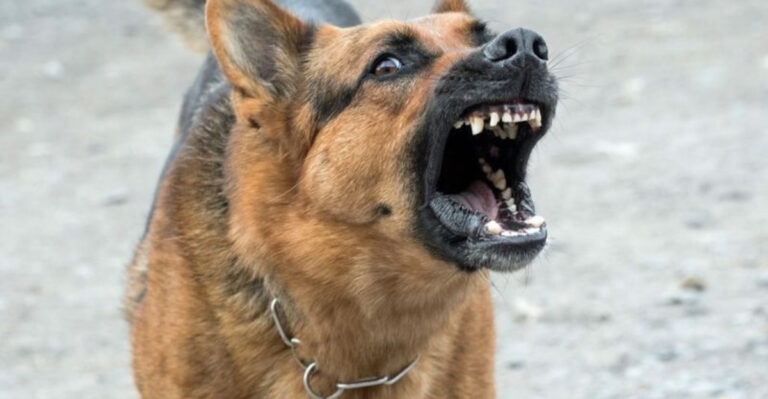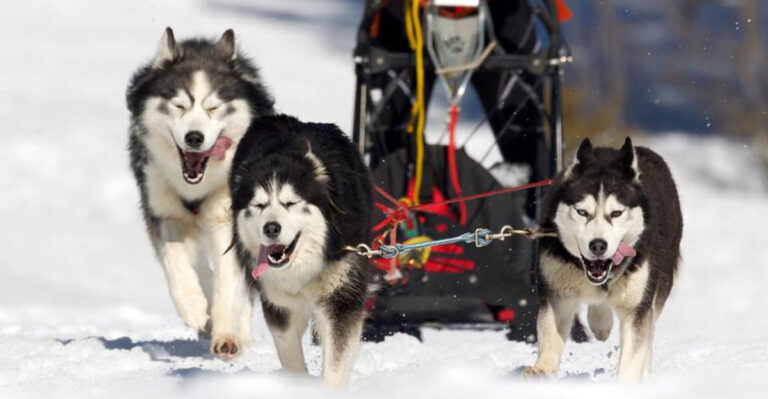15 Signs Your Dog Has Pollen Allergies And How To Treat Them
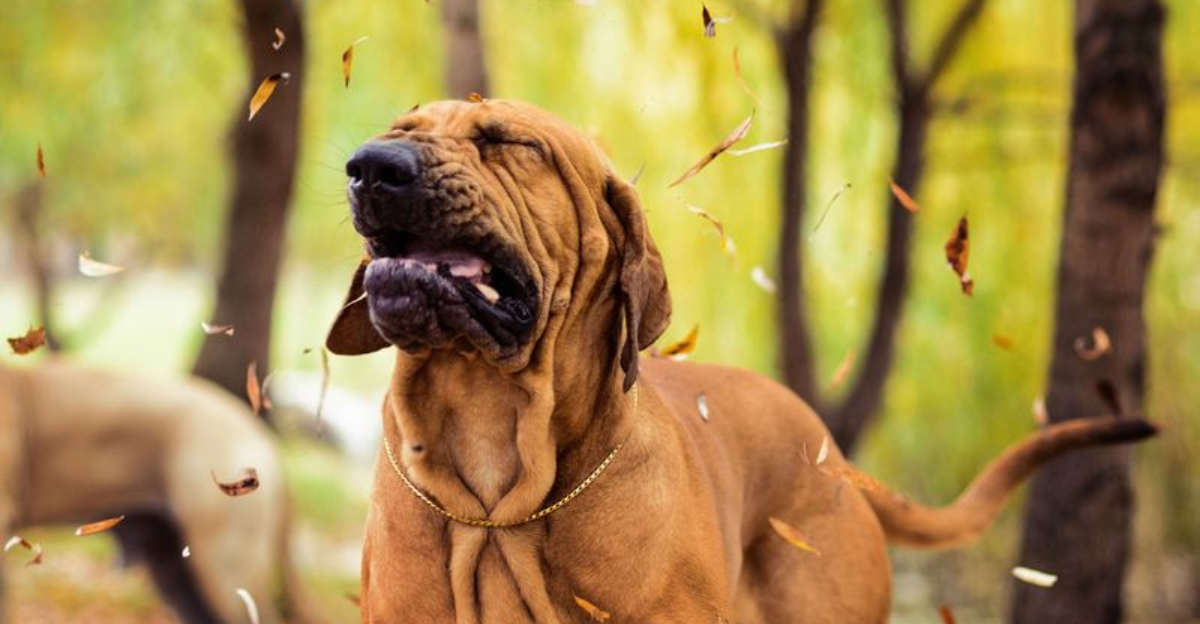
Who would’ve thought that man’s best friend could share our seasonal sneezes? Just like humans, dogs can suffer from pollen allergies, making their sunny, playful days a bit more challenging.
But how do you spot these allergies in your furry companion, and what can you do about them?
1. Excessive Itching
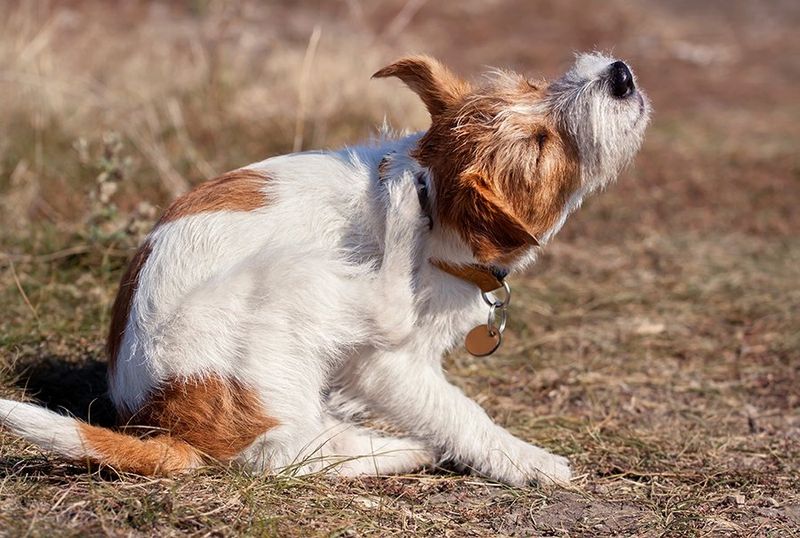
Imagine watching your pup itching away like it’s a full-time job. Excessive scratching can be a clear sign of pollen allergies in dogs.
This relentless itchiness, often focused on ears and paws, can lead to sore spots and infections if not managed.
So, what’s a dog parent to do? Start by bathing your dog with a hypoallergenic shampoo to soothe the irritated skin. If the itching persists, consult your vet for further advice and possible allergy testing.
2. Red, Watery Eyes
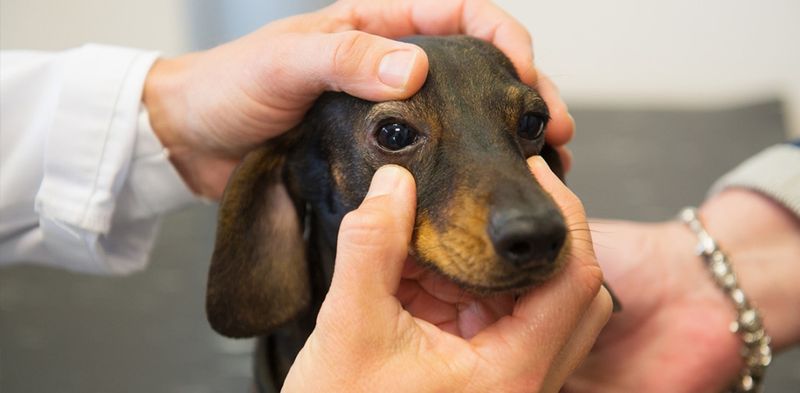
Those puppy eyes might seem extra watery lately. Red, watery eyes can be more than just a soulful gaze; they could be an indication of pollen allergies.
This irritation might cause your dog to paw at their face or rub their eyes on furniture. To ease their discomfort, gently wipe their eyes with a damp cloth.
If the redness and watering continue, a visit to the vet may be necessary for appropriate eye drops.
3. Paw Licking
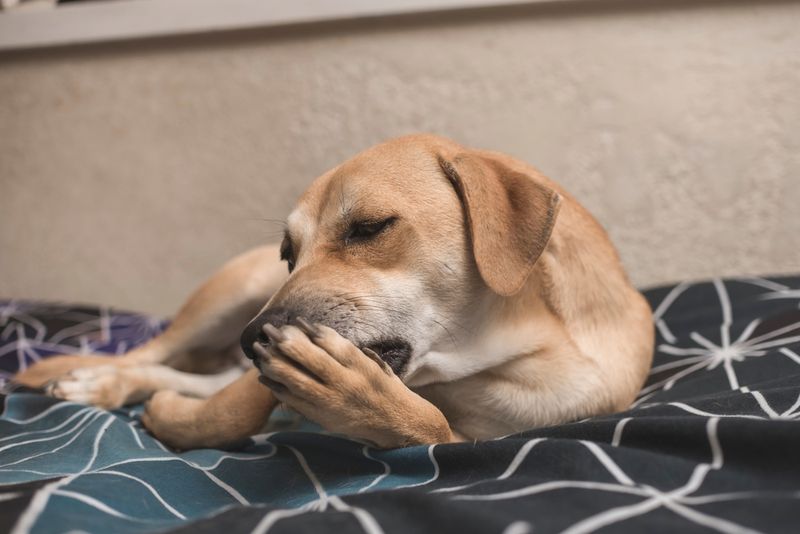
If your pup’s paws are getting more licks than a popsicle in summer, it could be a sign of allergies. Dogs often lick their paws to relieve itchiness caused by pollen.
This constant licking can lead to irritation or infections. To help, rinse your dog’s paws after walks and consider moisturizing pads with a pet-safe balm.
Persistent licking might require veterinary intervention to prevent further issues.
4. Ear Infections
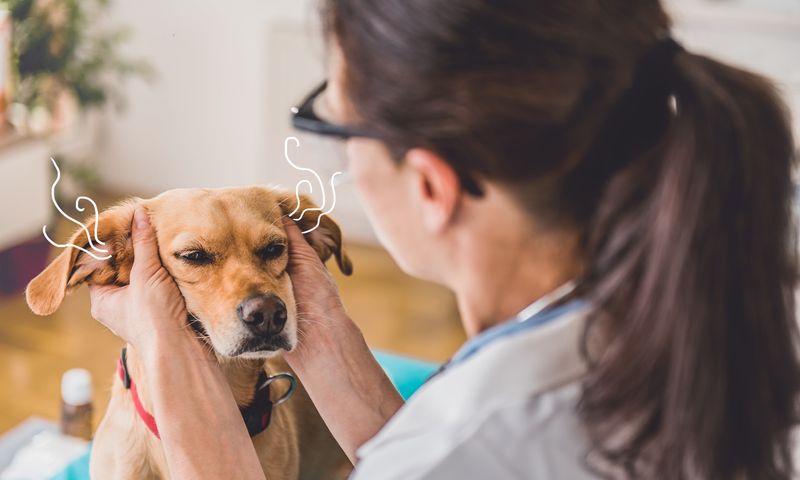
Does your dog have ears that smell like a wet gym sock? Frequent ear infections might be linked to pollen allergies.
Dogs with floppy ears are especially prone, as allergens can get trapped inside. Regular cleaning with vet-recommended solutions can help prevent these pesky infections.
If you notice any unusual odor or discharge, it’s time to visit the vet for a thorough check-up and possible treatment.
5. Skin Irritations
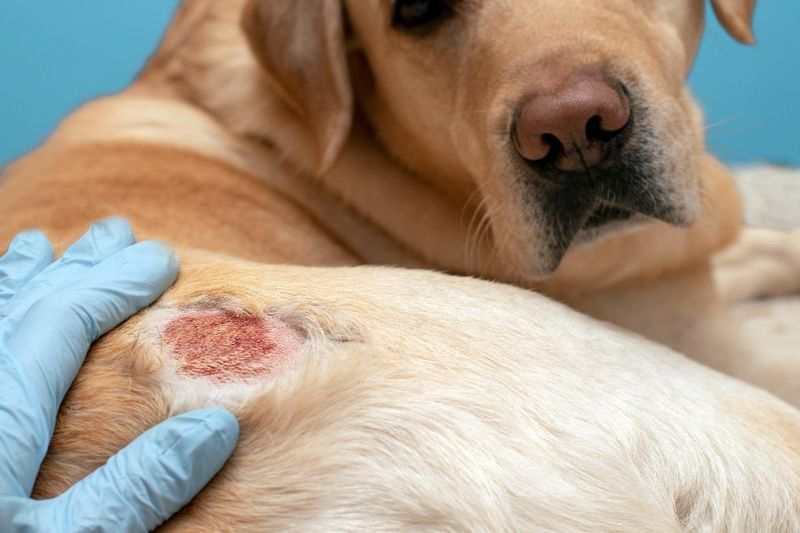
Have you spotted red patches or bumps on your dog’s skin? These irritations can be a clear signal of pollen allergies.
Such skin issues can make your pup uncomfortable and lead to more severe conditions if scratched.
Minimize outdoor exposure during high pollen times and consult your vet for topical treatments or medications. Keeping your dog’s environment clean also helps in reducing irritation.
6. Coughing

Is your dog coughing like it’s practicing for a bark choir? Coughing can be an unusual but telling sign of pollen allergies. It happens when allergens irritate the respiratory system.
To alleviate this, ensure your dog’s living space is free from dust and smoke. Offering a humidifier can also ease their breathing. If coughing persists, a vet check is crucial to rule out other health issues.
7. Swelling Around The Face
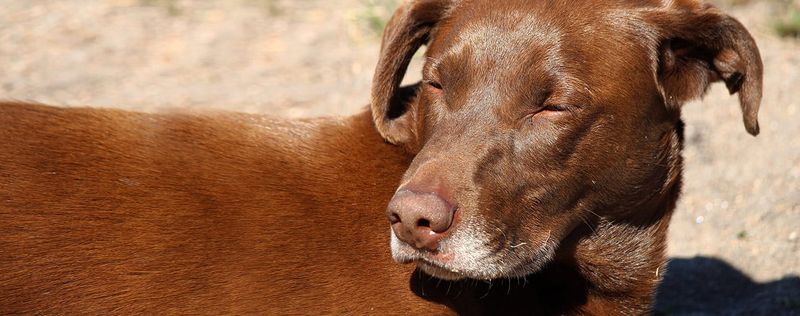
Notice your dog looking more like a chipmunk than a canine? Facial swelling could be linked to an allergic reaction to pollen.
This swelling might be uncomfortable and alarming. Applying a cold compress can soothe mild swelling, but it’s vital to consult a vet to address the underlying cause and prevent complications.
8. Sneezing Fits
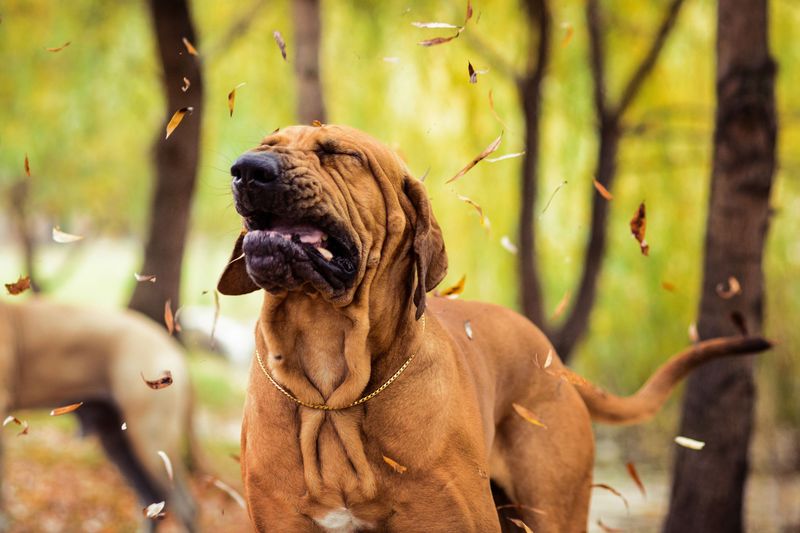
Ever seen a dog sneeze like it’s trying to blow out candles on a cake? Frequent sneezing fits can signal pollen allergies.
These sneezes, often accompanied by nasal discharge, might mean your dog is reacting to airborne allergens.
To help, keep your home’s air clean with air purifiers and ensure regular vacuuming. If sneezing turns into a chronic issue, your vet might suggest antihistamines to provide relief.
9. Hot Spots
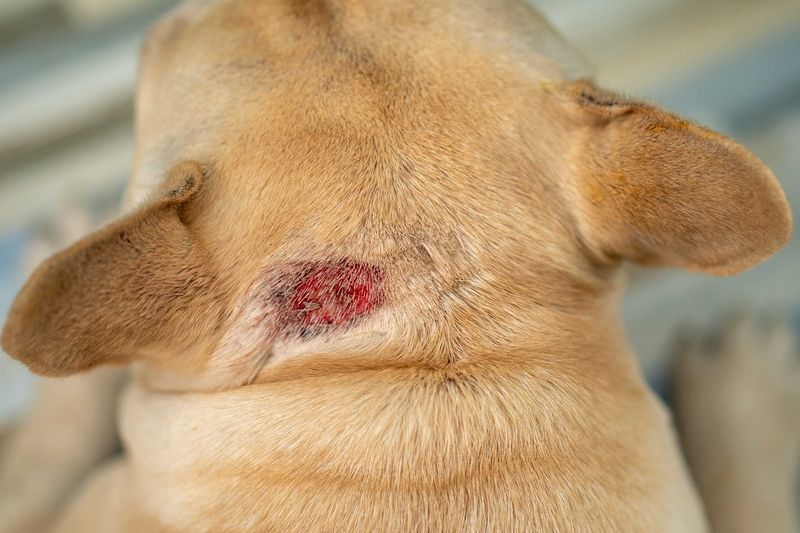
Hot spots can pop up like unwelcome guests at a party. These inflamed areas are both itchy and painful, often exacerbated by pollen allergies.
To manage them, keep the affected area clean and dry, and avoid letting your dog lick or scratch it. A vet can prescribe medications to treat and prevent further hot spots.
10. Runny Nose
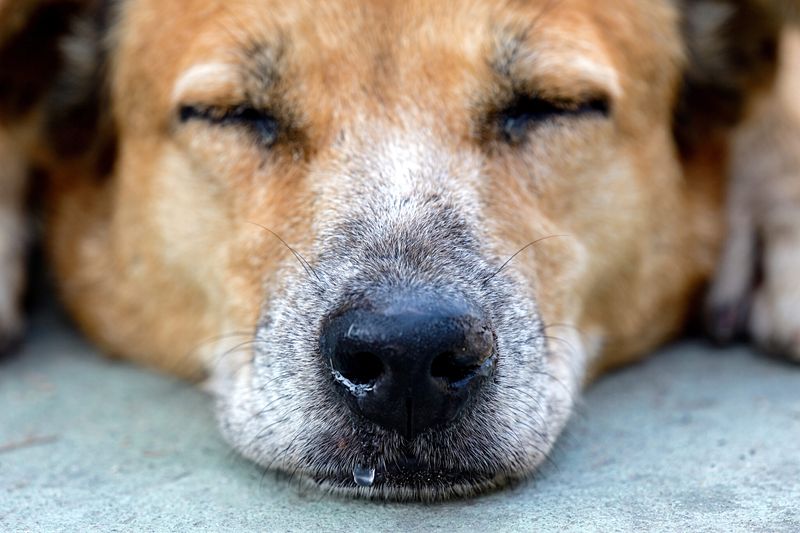
A nose that’s constantly running isn’t just annoying for humans; it’s troublesome for dogs too. A runny nose can be a symptom of pollen allergies, making every sniff a little more bothersome.
Keep tissues handy and try to minimize your dog’s exposure to high pollen areas. If nasal discharge is persistent and thick, a veterinary consultation is advised.
11. Loss Of Appetite
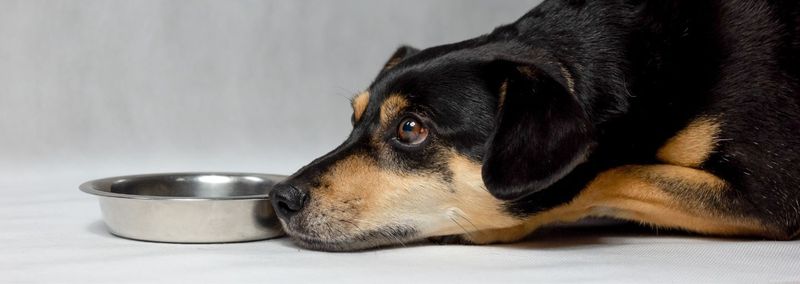
Is your dog turning its nose up at dinner? Loss of appetite can be related to pollen allergies, as discomfort may overshadow their hunger.
Ensure your pup stays hydrated and consider offering bland, easy-to-digest foods. If this lack of interest in food continues, reach out to your vet to explore potential allergy treatments.
12. Fatigue
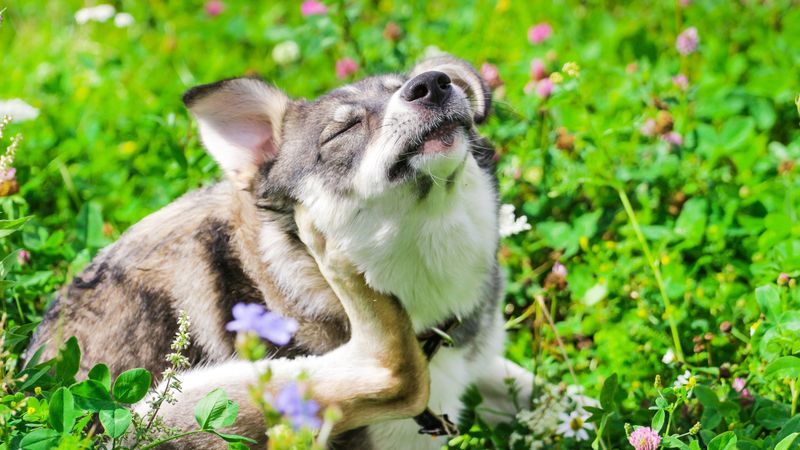
Does your normally energetic pooch seem more like a couch potato? Fatigue can result from pollen allergies, leaving your dog less inclined to run and play.
Frequent rest periods and a quiet environment can help, but if lethargy becomes a routine part of their day, consult your vet for allergy management strategies.
13. Panting
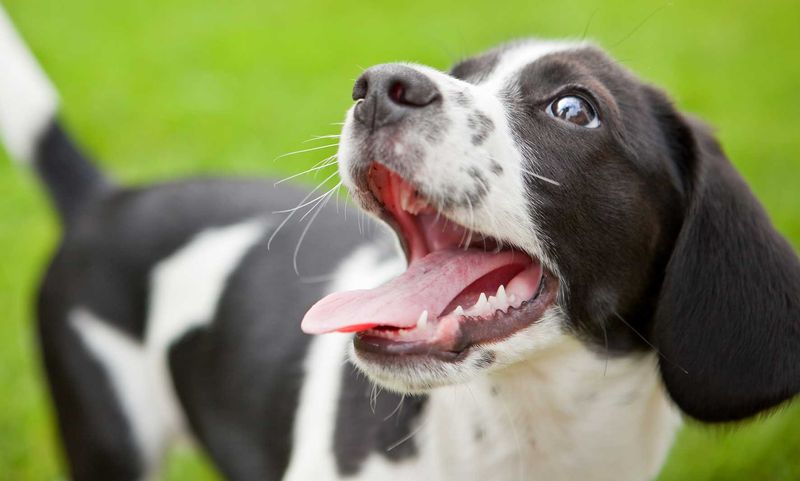
Panting isn’t just a sign your dog needs a water break. When it becomes excessive, it might be linked to pollen allergies.
This can be a response to respiratory stress or discomfort. Provide a cool and calm space for your dog to relax. If panting persists outside of physical exertion, it’s wise to consult a vet for further exploration.
14. Behavioral Changes
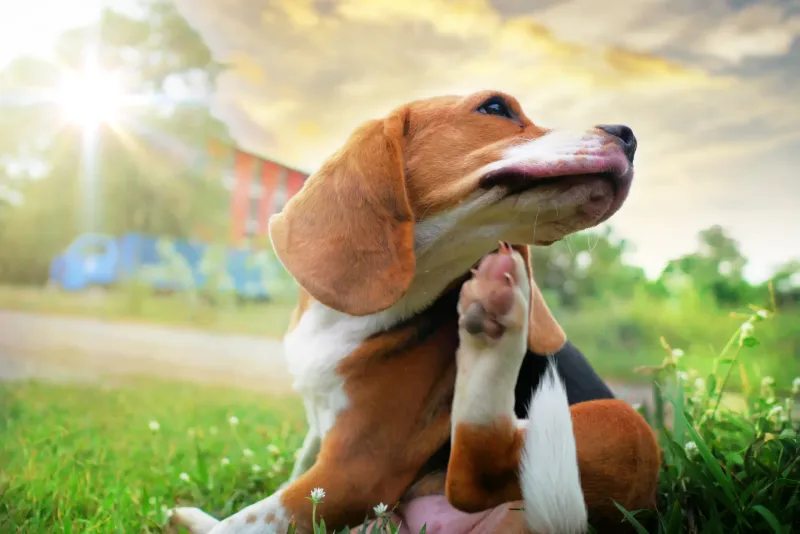
When your dog acts like it’s in a funk, changes in behavior might be due to allergies. Look for signs of unease, like increased anxiety or restlessness.
Building a routine and offering comforting toys can help ease their stress. If these changes are significant and long-lasting, professional advice can guide you through managing these behavioral shifts.
15. Head Shaking
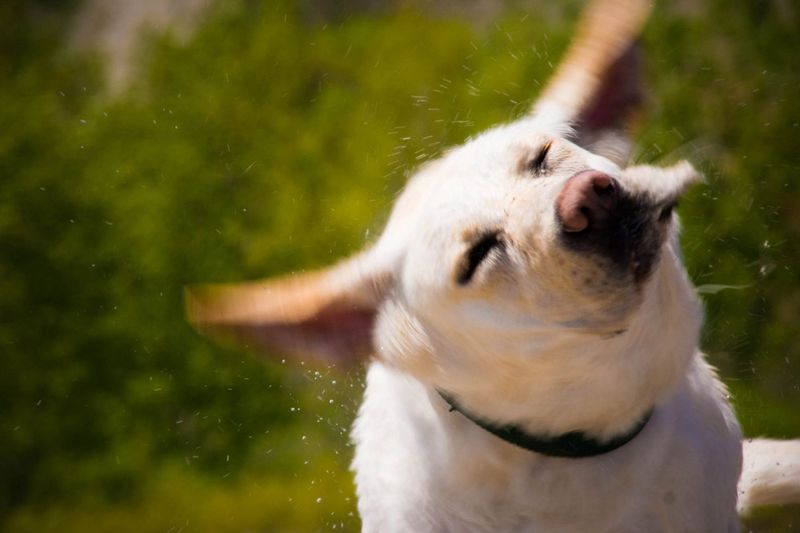
Is your dog shaking its head like a rockstar at a concert? Head shaking is often a response to ear irritation caused by pollen allergies.
Checking your dog’s ears regularly and cleaning them with vet-approved solutions can prevent this behavior from leading to infections. If the shaking continues, it’s time to get a professional evaluation.



